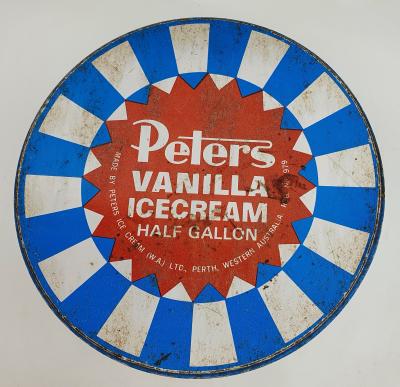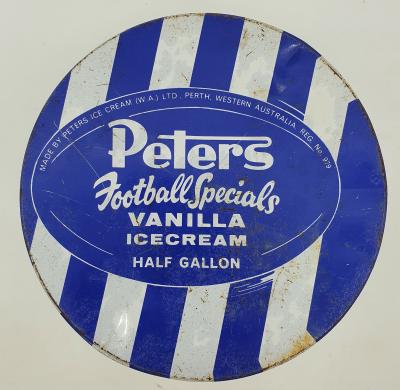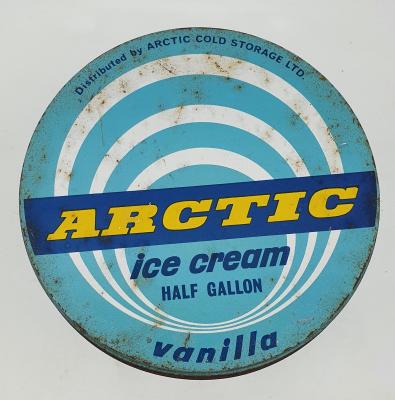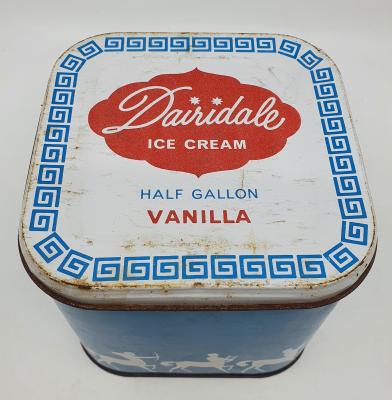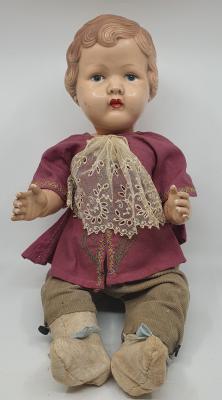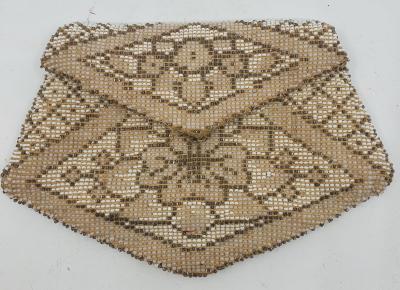Post and Rail Fence
c. 1980The key feature of a traditional post and rail fence is that thinned ends of the rectangular split rails fitted closely into holes cut in the rectangular split posts. When made of good hardwood these fences could endure for over 50 years and many stockyards were made in this fashion
Post and rail fences played a relatively minor role in England in the eighteenth century but they rapidly became the most advanced form of fences in the new Australian colonies. That said, post and rail fences only became common in Australia in the late 1850s with the advent of more secure land tenure and as more labour became available for the time consuming work of digging post holes and splitting the timber.
Post and rail fences were popular in the south west where the farms were relatively small and there was a plentiful supply of hardwood timber but they were rendered technologically obsolete in 1900 with the introduction of cheap iron wire.
Details
Details
This section of post and rail fence was built by Museum volunteers.
Other items from Busselton Historical Society
Scan this QR code to open this page on your phone ->


